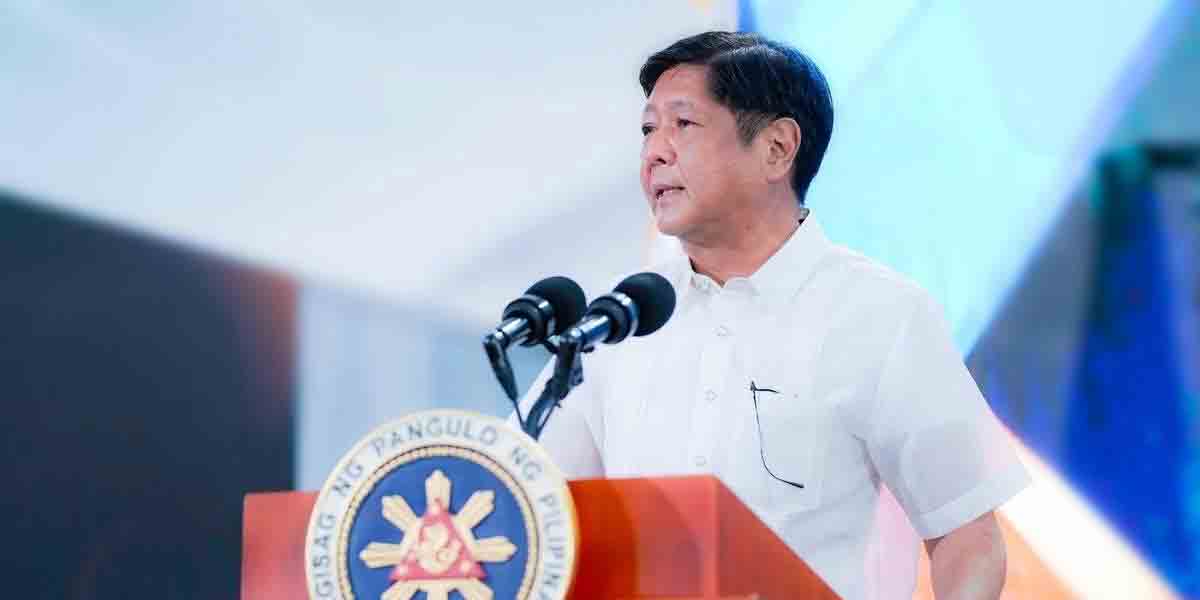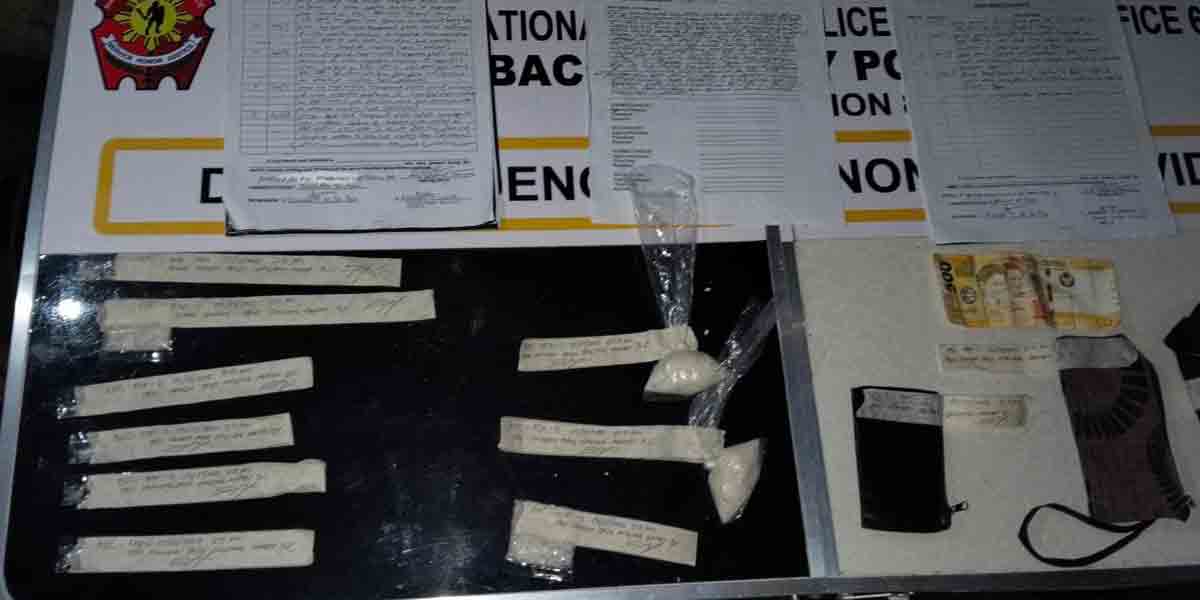By Ted Aldwin Ong
(This was first published in https://tedaldwinong.wordpress.com/2023/03/20/the-patent-mal-privatization-of-the-transmission-sector/)
On the eve of EPIRA’s 20th year, power end-users in the Luzon grid found themselves lighting candles amid an ongoing COVID-19 pandemic. The NGCP raised Yellow and Red Alert public warnings for May 31 and June 1, 2021, respectively, stating “severe power supply deficiency”. The power outage generated public criticism as power end-users take into account the critical need for electricity, especially among health institutions servicing COVID-19 patients, workers on a work-from-home arrangement, and students who had online classes.
INTRODUCTION
In June 2021, the Electric Power Industry Reform Act (EPIRA) marked its 20th year. The law billed as Republic Act 9136 was signed on June 8, 2001, by then President Gloria Macapagal-Arroyo paving the way for a transition of the country’s power industry from a largely government-controlled sector into a deregulated, market-based, and privatized one.
The EPIRA carried out a mission of power sector modernization through privatization, thus enhancing the country’s economic development. Its passage, however, did not emanate from the collective aspiration of the Filipino people to have an efficient power sector with cheap electricity. The EPIRA and its accompanying implementing rules and regulation were among 21 attached policy conditionalities under the $300 million Power Sector Restructuring Program (PRSP) funded by the Asian Development Bank (ADB) in 1998 and with an additional $300 million support from Japan Bank for International Cooperation (JBIC). Numerous components of the restructuring program like technical assistance were also supported by a loan from the two International Finance Institutions (IFIs).
One of the major components of the restructuring program is the disaggregation of generation, transmission, and distribution sectors, and the privatization of transmission. A plan to privatize the government-owned National Transmission Corporation (TRANSCO) was approved by then President Gloria Arroyo in October 2002. Four interested parties submitted bids for Transco in 2004, but these were rejected by the Power Sector Assets and Liabilities Management Corporation (PSALM). The government then hired an Australian consultancy firm to undertake a revaluation of the transmission assets, to determine the regulatory asset base of Transco. The revaluation was completed in 2005, as a result of which PSALM and TRANSCO filed a motion with the Energy Regulatory Commission (ERC) for the regulatory reset of the Maximum Annual Revenue (MAR) of TRANSCO or its concessionaire. In June 2006 the ERC issued its final decision on the MAR of TRANSCO.
Between 2003 and 2006 there were three failed biddings for TRANSCO. In December 2007 a fourth and this time successful bidding took place. Two parties submitted bids for TRANSCO. The winning bid came from a consortium involving Monte Oro Grid Resources Corp. (Filipino, with 30 percent interest in the consortium), Calaca High Power Corporation (Filipino, 30 percent interest), and the State Grid Corporation of China (Chinese, state-owned, with 40 percent interest). Take note that while this group is 60 percent Filipino-owned, the largest single interest is that of the Government of China.
The losing bid was submitted by the San Miguel Group 63 seconds before the deadline for submission. An interesting fact is that the winning bid was valued at USD 3.95 billion, while the losing bid of San Miguel and co-bidders amounted to USD 3.59 billion.
In February 2008 a concession agreement was executed between the Philippine government and the winning bidder, which formed the National Grid Corporation of the Philippines.
A franchise to operate transmission was granted to NGCP in December 2008. In January 2009, the NGCP remitted USD987.5 million as a down payment of its concession fees. TRANSCO formally turned over the transmission assets and business to the NGCP—nearly eight years after EPIRA was passed. For more than ten years now, the NGCP has been running the transmission sector and is responsible for the stability and reliability of the Luzon-Visayas and Mindanao grids.
This paper focuses on aspects of the privatization of transmission within the mandate of EPIRA and its implementing rules and regulations that TRANSCO privatization shall generate “maximum present value” of proceeds to the National Government. Data from the National Transmission Corporation, presented to the Philippine Senate during hearings conducted in 2020 and 2021 show that this objective was patently unmet. The privatization of transmission has resulted in revenue and tax losses for the National Government. In stark contrast, the profits that the NGCP has generated—and the dividends the company has bestowed on its owners—can only be described as vulgar.
Furthermore, the objective of grid stability and reliability is in serious question today.
On the eve of EPIRA’s 20th year, power end-users in the Luzon grid found themselves lighting candles amid an ongoing COVID-19 pandemic. The NGCP raised Yellow and Red Alert public warnings for May 31 and June 1, 2021, respectively, stating “severe power supply deficiency”. The power outage generated public criticism as power end-users take into account the critical need for electricity, especially among health institutions servicing COVID-19 patients, workers on a work-from-home arrangement, and students who had online classes.
The outage reminded end-users of a similar event 30 years ago when Metro Manila plunged into darkness during the post-EDSA 1 administration of the late President Corazon C. Aquino and which extended on her anointed successor Fidel V. Ramos. Ramos fast-tracked solutions backed up by Emergency Power issued by Congress, but only to bury the state-operated National Power Corporation (Napocor) into indebtedness as a result of the onerous contracts it signed with private independent power producers (IPPs). The latter served as an antecedent for the privatization of the country’s power industry through numerous bills filed in Congress which eventually became the Omnibus Power Bill, and which ultimately led to the EPIRA.
The members of the Senate Committee on Energy chaired by Senator Sherwin T. Gatchalian assembled an inquiry on June 10 and June 17, 2021, to investigate the power blackouts and seek explanations for these from the Department of Energy (DoE), the Energy Regulatory Commission (ERC), TRANSCO, and NGCP. What surfaced from the public hearings was that the transmission sector now under the hands of NGCP involves multi-layer issues. These range from legal issues and possible violation of the Constitution to issues around ownership, control, and management; questions about the concession agreement, and NGCP’s compliance with some of its provisions. The row between NGCP and TRANSCO also became evident – which reactivated serious concerns regarding national security and the protection of public welfare. Data supplied to the Senate by TRANSCO tended to confirm the same issues and concerns raised by citizen’s groups on the privatization of the power industry and the passage of EPIRA, then stressing the potential consequences of handing over to private hands the operations and management of the country’s power transmission highway.
Industry players may have lauded EPIRA as a success, but to the Filipino taxpayers and electricity users, the benefits of EPIRA remain unrealized. The NGCP concession contract of 25 years and its franchise of 50 years offers a narrative of EPIRA’s failure – the law was not for cheap electricity or efficient industry, but for concentrated power and tremendous profits in the hands of a new monopoly.
- FROM TRANSCO TO NGCP: THE TRANSMISSION SECTOR ON A SILVER PLATTER
The powers given to TRANSCO are embodied in Sections 7 to 21 of EPIRA and it established the legal basis for the operations of TRANSCO, subject to the regulation of ERC. TRANSCO assumed the authority and responsibility of the National Power Corporation for the planning, construction and centralized operation and maintenance of its high voltage transmission facilities, including grid interconnection and ancillary services.
- TRANSCO and its transition role to privatization
The various roles that TRANSCO can play as part of its facilitative role before privatization are summarized as the following:
Assume franchise of NPC and continue operations of transmission facilities. Six (6) months after the passage of EPIRA, the transmission and sub-transmission facilities of NPC and all other assets related to transmission operations, including the nationwide franchise of NPC for the operation of the transmission system and the grid, shall be transferred to the TRANSCO.
Establish open access. Two (2) years to start open access. In the case of electric cooperatives, the TRANSCO shall grant concessional financing over a period of twenty (20) years:
Exercise the power of an eminent domain. The TRANSCO may exercise the power of eminent domain subject to the requirements of the Constitution and existing laws. Except as provided herein, no person, company, or entity other than the TRANSCO shall own any transmission facilities.
Prepare the Transmission Development Plan (TDP). Transco is likewise tasked to prepare the TDP through a consultative process with other participants of the electric power industry such as the generation companies, distribution utilities, and the electricity end-users and submit the accomplished TDP to DOE for integration with the Power Development Program and the Philippine Energy Plan.
Privatization of Transco. In the same manner, EPIRA mandated the privatization of Transco within six (6) months of its effectivity. Section 21 states: “PSALM Corp which shall submit a plan for the endorsement by the Joint Power Commission and the approval of the President of the Philippines. The President of the Philippines thereafter shall direct PSALM Corp. to award in open competitive bidding, the transmission facilities, including grid interconnections and ancillary services to a qualified party either through an outright sale or a concession contract.”
While TRANSCO remains the legal owner of the transmission infrastructure and facilities after its privatization, some of its powers and functions were delegated, transferred (or even duplicated) with the concessionaire, and these were expressed in the franchise provisions of NGCP.
***
The paper is part of the project of the Center for Power Issues and Initiatives (CPII), entitled: “Saan Umabot ang Bente Mo: EPIRA 20 Years After,” with inputs and editing by Maitet Diokno Pascual, executive director, CPII.

























